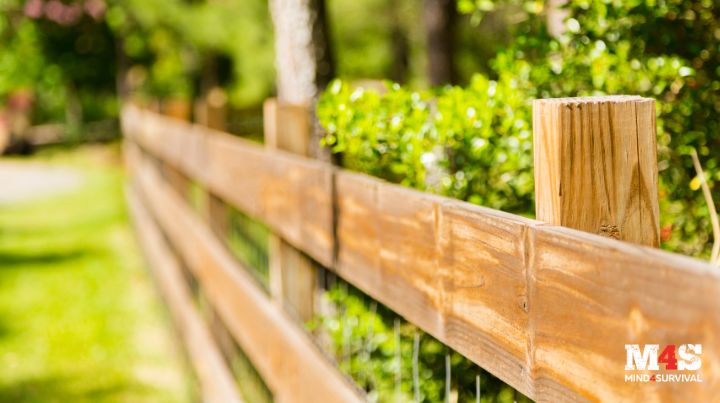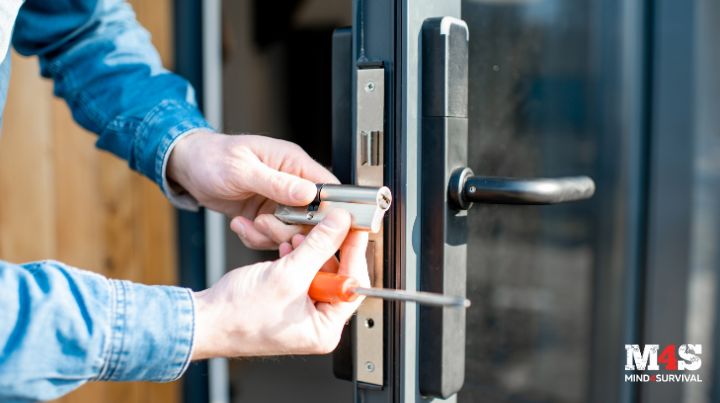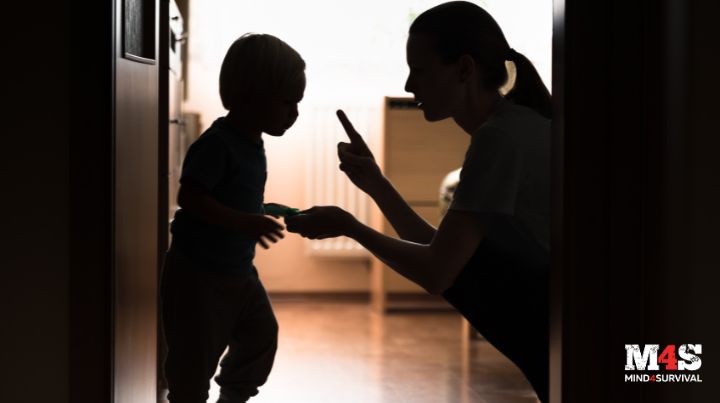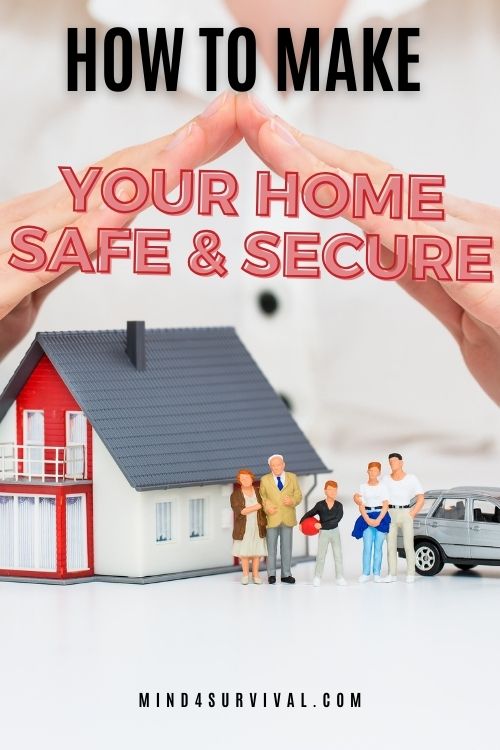How to Make Your Home More Safe and Secure


Creating a secure and safe home environment is an essential preparedness step for any homeowner. This article will discuss how to make your home safe and secure, ensuring it becomes a haven for you and your loved ones. By implementing these strategies, you’ll be ready to face a variety of scenarios confidently, knowing your home is well-protected.
Securing your home effectively involves a strategy known as the Five Ds of Home Security: deter, detect, deny, delay, and defend. This approach helps establish a protective perimeter around your home, ensuring a safe environment for you and your family.
The first step is to make your home an undesirable target for criminals. Simple methods include:
These measures create doubt in potential intruders’ minds, making them think twice about targeting your home.
When deterrence fails, detection comes into play. Use both high-tech and low-tech methods to discover intruders. Low-tech options include keeping a dog and trimming plants around your home to eliminate hiding spots. High-tech solutions involve alarm systems, CCTV, and motion-sensor lights. These tools help you identify potential threats early.
The next step is to prevent access to your home. Reinforce doors with strong locks and door frames, use thorny plants around windows, and always lock your windows. Simple upgrades like longer screws in door hinges and frames or products like Door Armor significantly enhance your home’s security.
If an intruder attempts to enter, delay their progress. Reinforcing doors and locking windows are key tactics. The more time it takes for an intruder to gain entry, the more time you have to react, whether by calling for help or finding a safe place.
Defending your home should be a last resort and only done if necessary. Discuss potential actions with your family beforehand. If you must act, do so confidently and quickly, always prioritizing your safety and that of your family.
Enhancing perimeter security is vital because it is your home’s first line of defense. A well-secured perimeter deters potential intruders, making it harder for them to gain access. It also provides early warning signs of unauthorized entry, allowing you to react more effectively. By strengthening fences, gates, and other perimeter security points, you can create a formidable barrier that significantly reduces the risk of break-ins and ensures safety and peace of mind for you and your loved ones.

Strengthening entry points such as doors and windows is crucial because these are the primary targets for potential intruders. Reinforced doors and secure locks can significantly deter break-ins, providing a solid defense against intruders.
Implementing advanced security systems is crucial because it significantly enhances your home’s protection. These systems, including alarms, surveillance cameras, and smart doorbells, provide real-time monitoring and alerts, helping you respond swiftly to potential threats. Advanced security features deter criminals, ensuring that your home remains a less attractive target. Moreover, professional monitoring services can notify authorities immediately during emergencies, providing an added layer of safety.

Creating safe rooms in your home is a great option to ensure your family has a secure place to retreat during emergencies. These rooms offer protection against intruders, severe weather, and other threats. Equipped with essential supplies and fortified against forced entry, safe rooms provide peace of mind and a reliable refuge when needed. They help reduce anxiety during crises and ensure your loved ones have a designated area to stay safe until the danger has passed.
Preparing for various scenarios is crucial as it equips you to handle different emergencies effectively. Whether it’s a fire, natural disaster, or a medical emergency, having specific plans and supplies in place can significantly reduce the impact and help ensure your family’s safety. By anticipating potential threats and preparing accordingly, you foster resilience and confidence, knowing you can manage unexpected situations. This proactive approach safeguards lives and minimizes panic and chaos during critical moments.
Building a network of supportive connections is crucial for enhancing overall security and preparedness. When you have a group of like-minded, values-aligned people who know and trust each other, they can share information about potential threats, collaborate on safety initiatives, and offer support during emergencies. A strong network creates a sense of collective responsibility, making addressing and preventing issues easier. This cooperative approach boosts individual safety and fosters a resilient and supportive environment where everyone feels more secure and confident in their preparedness efforts.
Fortifying your home is about creating a safe and secure environment for your family. By focusing on perimeter security, entry points, advanced systems, safe rooms, and preparedness for various scenarios, you can build a robust defense against potential threats. Building a solid network and maintaining regular maintenance will enhance your home’s safety. Embrace these steps, and you’ll transform your home into a confident sanctuary.
What are your thoughts or questions about home safety and security? Tell us in the comments below.
Stay safe,


